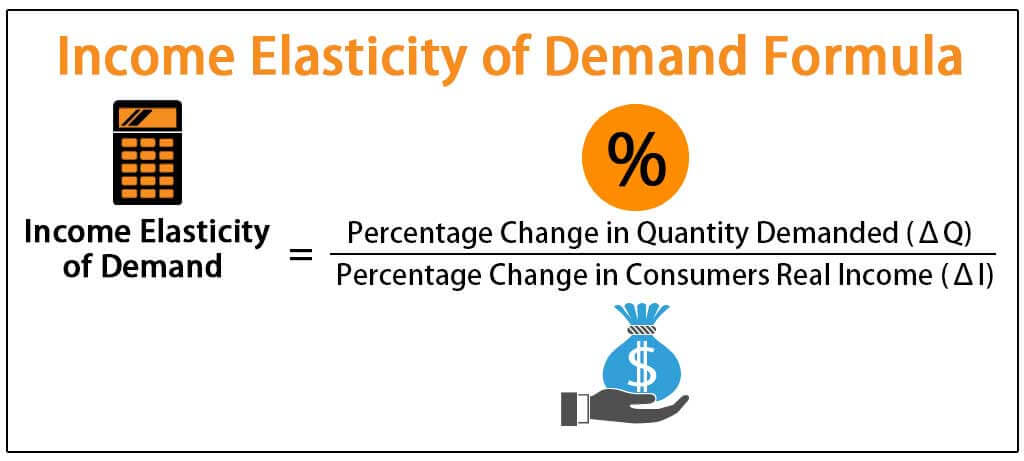Back to: ECONOMICS SS2
Welcome to class!
In today’s class, we will be talking about the income elasticity of demand. Enjoy the class!
INCOME ELASTICITY OF DEMAND

CONTENT
- Definition
- Types (Positive and Negative)
- Measurement of Income Elasticity of Demand
DEFINITION
Income elasticity of demand is the degree of responsiveness of quantity demanded of a commodity to a little change in consumer’s income. That is, it measures how changes in income of consumers will affect the quantity of commodities demanded by such consumers.
Mathematically, the income elasticity of demand is expressed as:
% Change in Quantity Demanded
% change in Income
When the percentage change in income brings about an equal change in the quantity demanded, then income elasticity is unit.
When the percentage change in income is greater than the percentage change in quantity demanded, income elasticity is less than unit, hence income is inelastic.
When the percentage change in quantity demanded is greater than the percentage change in income, then income elasticity is greater than the unit, hence income elasticity is elastic.
TYPES OF INCOME ELASTICITY OF DEMAND
- Positive Income Elasticity of Demand: is the type of income elasticity of demand in which an increase in income of consumer will equally lead to an increase in the quantity of a commodity demanded. This is applicable majorly to normal goods.
- Negative Income Elasticity of Demand: is the type in which an increase in income of consumers will lead to a decrease in the quantity of a commodity demanded. This applies to inferior goods.
EVALUATION
- Define income elasticity of demand.
- State the formula for calculating income elasticity of demand.
Illustration: The table below shows the various income and demand for different commodities.
Income Quantity Demanded
# Kg
- 20,000 120
- 36,000 96
- 40,000 160
- 44,000 200
- 45,000 240
- 47,000 252
- a) Calculate the income elasticity between (i) A and B (ii) C and D (iii) E and F
- b) What kind of good relationship is between (i) A and B (ii) C and D
SOLUTION
Income Elasticity of Demand =% Change in Quantity Demanded
. % Change in Income
(a) Income Elasticity of Demand
i Between A and B
= 120– 96 x 100
120 = 0.25
36000 – 20,000 x 1000
20,000
ii Between C and D
200 – 160 x 100
160 = 2.5
44000 – 40,000 x 100
40,000
iii Between E and F
252 – 240 x 100
240
= 1.125
47000 – 45000 x 100
45000

(b) i. Giffen goods or inferior good
- Normal goods
It should be re-emphasized that positive income elasticity of demand is for ‘normal’ or ‘superior’ or ‘luxury goods’, whereas Negative income elasticity of demand is for ‘abnormal’, or ‘inferior goods.
EVALUATION
- What is the income elasticity of demand?
- Explain two types of income elasticity of demand
In our next class, we will be talking about Cross Elasticity of Demand. We hope you enjoyed the class.
Should you have any further question, feel free to ask in the comment section below and trust us to respond as soon as possible.
